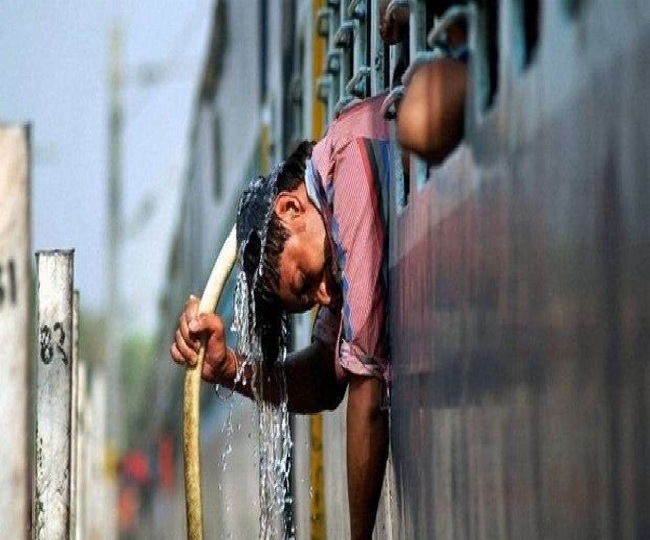Several parts of India are forecast to witness hotter-than-usual weather through June, raising the risk of more strain on the power network as people turn to air conditioners to find reprieve from heat waves.
Most areas of central, eastern and north-western states of the nation are likely to experience heat waves during the three-month summer season, Mrutyunjay Mohapatra, director general of the India Meteorological Department, said in New Delhi on Saturday.
Climate change is increasing global temperatures and worsening the frequency and intensity of extreme weather events. This year, there’s been increased focus on India’s weather outlook after the subcontinent suffered a punishing heat wave in 2022 that caused widespread human suffering and affected global wheat supplies.
Some states of India received unseasonal rains in March, damaging wheat, mustard and onion crops and raising the risk of an increase in prices. While farmers pray for sunshine for the drenched crop to dry, they remain wary of extreme heat waves that could further erode yields. Rainfall across the country was 26% above normal in March, Mohapatra said.
Preparations are underway for a spike in temperatures. The power ministry predicts that peak electricity demand will climb to a new record in April as people crank up their air conditioners, fans and refrigeration units. It’s ordered power plants to import coal, the country’s dominant power-station fuel, as domestic output may not be sufficient.
Diesel consumption rises during summer as it encourages people to travel to cooler mountains from plains and at the same time use of diesel-fuelled backup generators increases to make up for shortages from the grid. Consumption of gas could also climb as the government has mandated use of idling gas-fired power plants to meet the summer demand.
The weather office said that temperatures in March were below normal in most parts of the country, helped by unseasonal showers. Rainfall was above normal in central, southern, eastern and north-eastern regions last month, according to the weather office. The country’s north-western region received below-average rains, it said.
For the month of April, longer-than-normal heat waves are expected in parts of Bihar, Jharkhand, Uttar Pradesh, Odisha, West Bengal, Maharashtra, Gujarat, Punjab, Haryana and Chhattisgarh, the weather office said.
The number of Indian states hit by heat waves since 2015 more than doubled to 23 by 2020. The country describes heat wave as a period of abnormally high temperatures, more than the normal maximum temperature that occurs during the hot weather season.











